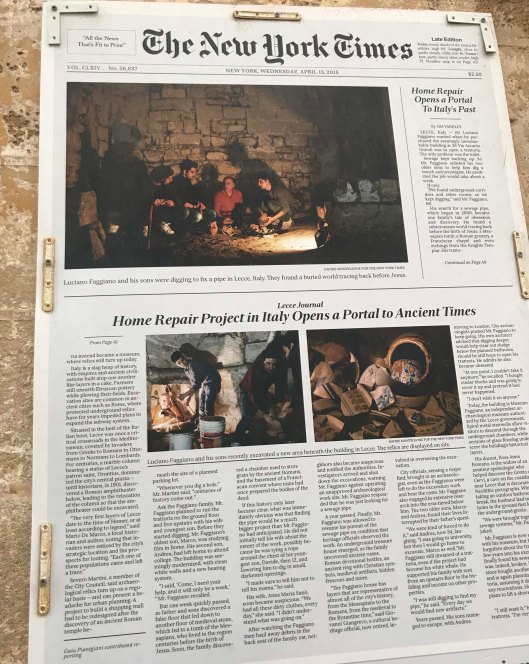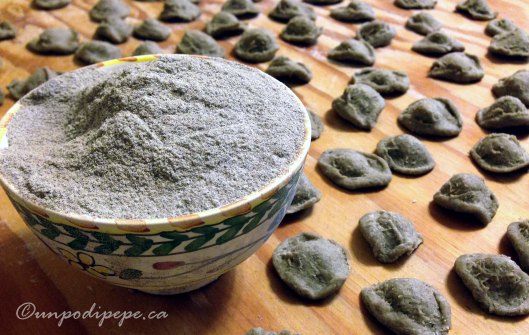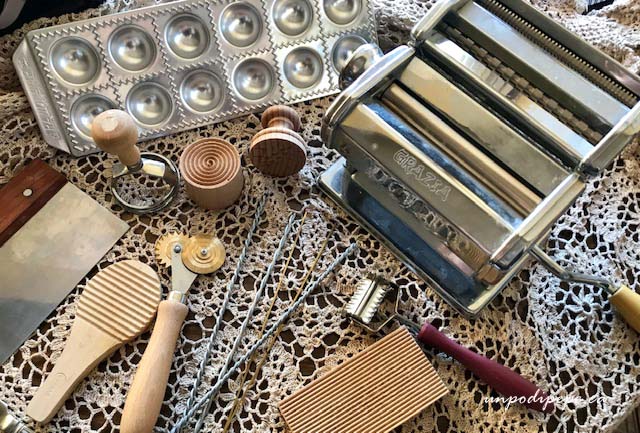
Today is another bloghiversario-a blog anniversary. It is hard to believe it has already been 7 years since starting Un po’ di pepe. Where did the time go? If feels like just yesterday I had trouble coming up with a blog name. This has been an amazing, rewarding experience and I have ‘met’ so many virtual friends and even reconnected with old ones.
7 is a lucky number in many cultures. Settebello, the sette denari (7 of coins) is the luckiest card in an Italian deck of cards. Let’s hope that means it will be a lucky year! We could all use more settebello.
Last year, I did not write a bloghiversario post. We had been in ‘pandemic mode’ for 6 weeks, and it is hard to believe that 1 year later, the world is still sottosopra…upside down, and I still feel like an extra in a low-budget science fiction movie where plague and pestilence run rampant.
I started out this pandemic being crazy productive-increasing from 2 blog posts per month to 3, trying out all the recipes I could never find the time to get to, Zoom yoga 3-4 times a week and planned out many art projects. I lost steam at some point and now have trouble concentrating enough to write a shopping list or paint my nails. I am now spending most of my time reading and growing seedlings, but thankfully I am still doing the Zoom yoga 3 times a week.

The loss of life, paralysis of the world economy, and mental health effects of this pandemic have been devastating. Each of us copes differently with the confusion, fear and stress of quarantine, distancing, and finding distraction from all things Coronavirus. Some of us are madly productive, and others slow right down. I have yo-yo’d back and forth. What I am trying to say is, as long as what you are doing helps with coping and local guidelines to help everyone stay safe are followed, it does not really matter. Just stay safe!
I decided to do my part for ‘the cause’ and got a temporary new job. I will be doing some relief work with the COVID 19 Immunization clinics for Vancouver Coastal Health. My training session was a few mornings ago and it was a happy place. The 3 people I immunized were so excited, relieved, and ecstatic, it made my week!

Today is also La Festa della Liberazione d’Italia, the anniversary of the liberation of Italia from Fascist occupation in 1945. Viva la libertà. Since it is relevant today, I would like to share this 1955ish quote by Piero Calamandrei, an author and protagonist of the Resistenza:
La liberta è come l’aria. Ci si accorge di quanto vale quando inizia a mancare. /Freedom is like air. We only realize how much it is worth when it is lacking.
 Grazie to all of you for taking the time to read, comment, send messages and especially for giving me an excuse to research and write about things that interest me! If you have any suggestions for posts or just want to say ‘ciao‘, leave me a comment. Here is a link to my first post Perché questo blog?/Why write a blog?
Grazie to all of you for taking the time to read, comment, send messages and especially for giving me an excuse to research and write about things that interest me! If you have any suggestions for posts or just want to say ‘ciao‘, leave me a comment. Here is a link to my first post Perché questo blog?/Why write a blog?
Grazie mille a tutti i lettori di ‘Un po’ di pepe’ per leggere e darmi una scusa per scrivere di cose che mi piacciono. Lasciami un messaggio se hai un idea per un post o semplicemente per dire ‘ciao’. Un abbraccio, Cristina
Forza! Continue to stay safe everyone, and hang in there. Un abbraccio, Cristina

























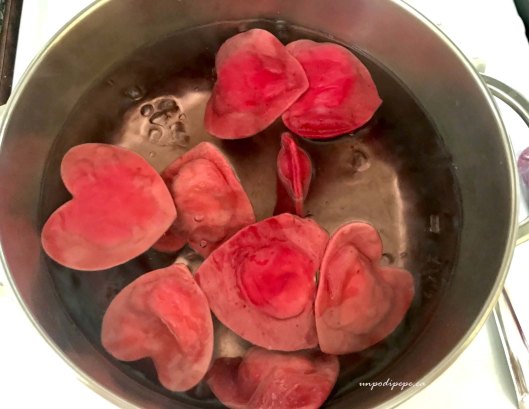
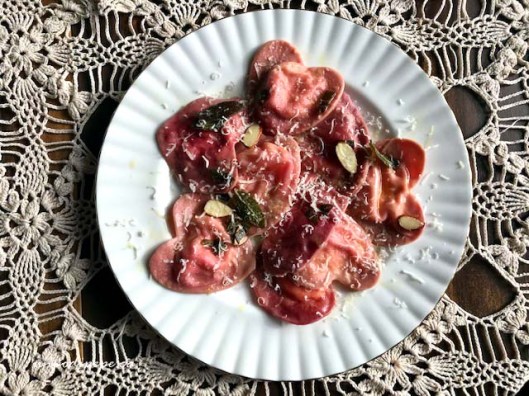



























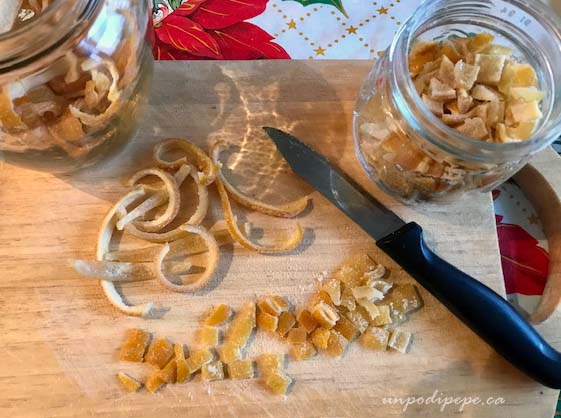




 Doubling the dose is not a great idea since you need to work fast. If you make 2-4 doses in a row like I do, you can prepare everything in advance. I measure all the spices for each dose in a little jar so they are ready to add in, toast the nuts in advance, and have a separate bowl for each dose so I can work quickly. I also have the wafer paper cut in advance and the tart pans ready on a baking sheet.
Doubling the dose is not a great idea since you need to work fast. If you make 2-4 doses in a row like I do, you can prepare everything in advance. I measure all the spices for each dose in a little jar so they are ready to add in, toast the nuts in advance, and have a separate bowl for each dose so I can work quickly. I also have the wafer paper cut in advance and the tart pans ready on a baking sheet.



